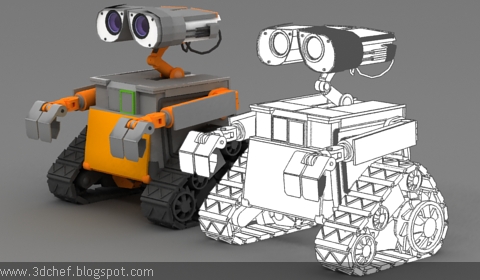
FBX file with animation, then imported it into Toolbag. I simply selected the character and bones, exported an. In general, Toolbag makes this process pretty smooth.Furnished student accommodation in stellenbosch.Salesforce enable cors for oauth endpoints.It aims to be the missing glue between maya (uv prepping and organizing), mari/painter, and maya/katana/gaffer rendering, covering most of the repeatitive tasks, letting you focus on the surfacing. A tool set for maya, katana, gaffer, and nuke for surfacing and look development. This means the scanned maps plug into Unreal Engine 4, V-Ray, Octane, Arnold, Nuke, Quixel Suite 2, Mari, Unity 5, Maxwell, Cryengine, Redshift, Mizuchi and any.
#3d max material Offline#
Maps are provided for both real-time and offline rendering contexts. Both Metalness and Specular shader workflows are supported, as well as Roughness and Gloss/Smoothness standards. The other approach, the one on the left ( you would normally use a diffuse shader instead of the principled shader) is not less PBR or worse, though. Well, more and more people are using the metalness approach. I believe the stuff on the left is leftover from how things used to be done before the Principled BSDF shader. I imported PBR textures and applied them on each of the nodes for Base Color, Subsurface Color, Metalness, Specular, Specular Roughness, Subsurface Weight, Subsurface Radius, and Displacement Shader.
#3d max material skin#
Skin shading and nodes with Ai Standard Surface shader I used Arnold's Ai Shader in Maya to create a realistic skin look.Hello my friend,if you still have this problem,i will try to help you.First of all,set your Displacement texture to Raw and convert it to tx with maya converter (2018 tx converter is working good).Then attach your texture to node called "Displacement Shader" and connect displacement shader to Shading Group of your shader (in your case aistandardsurface) to Displacement Shader.And that should.You can change the material from the attribute editor window. Selecting the "Show Shaded Material in Viewport" option does not allow for the transparency to be viewed either. When attempting to view the transparency of an Opacity map in the 3ds Max Viewport using an Arnold Standard Surface shader, the object which the shader is applied to does not show any transparency.The open shore shader was initially developed as a physically plausible and efficient way to render nested dielectric surfaces in a production environment. Instead it comes as a an open sourced nested dielectric shader for Solid Angle's Arnold Renderer. Technically, jf_nested_dielectric is not a standard Arnold shader.If you are designing new materials, the Slate Material Editor is especially powerful, and it includes search tools to help you manage scenes that have a large number of materials. Slate Material Editor: The Slate Material Editor is a larger dialog in which materials and maps appear as nodes that you can wire together to create material trees.

If you are assigning materials that have already been designed, the Compact Material Editor is still a convenient interface. It is a comparatively small dialog with quick previews of various materials.




 0 kommentar(er)
0 kommentar(er)
